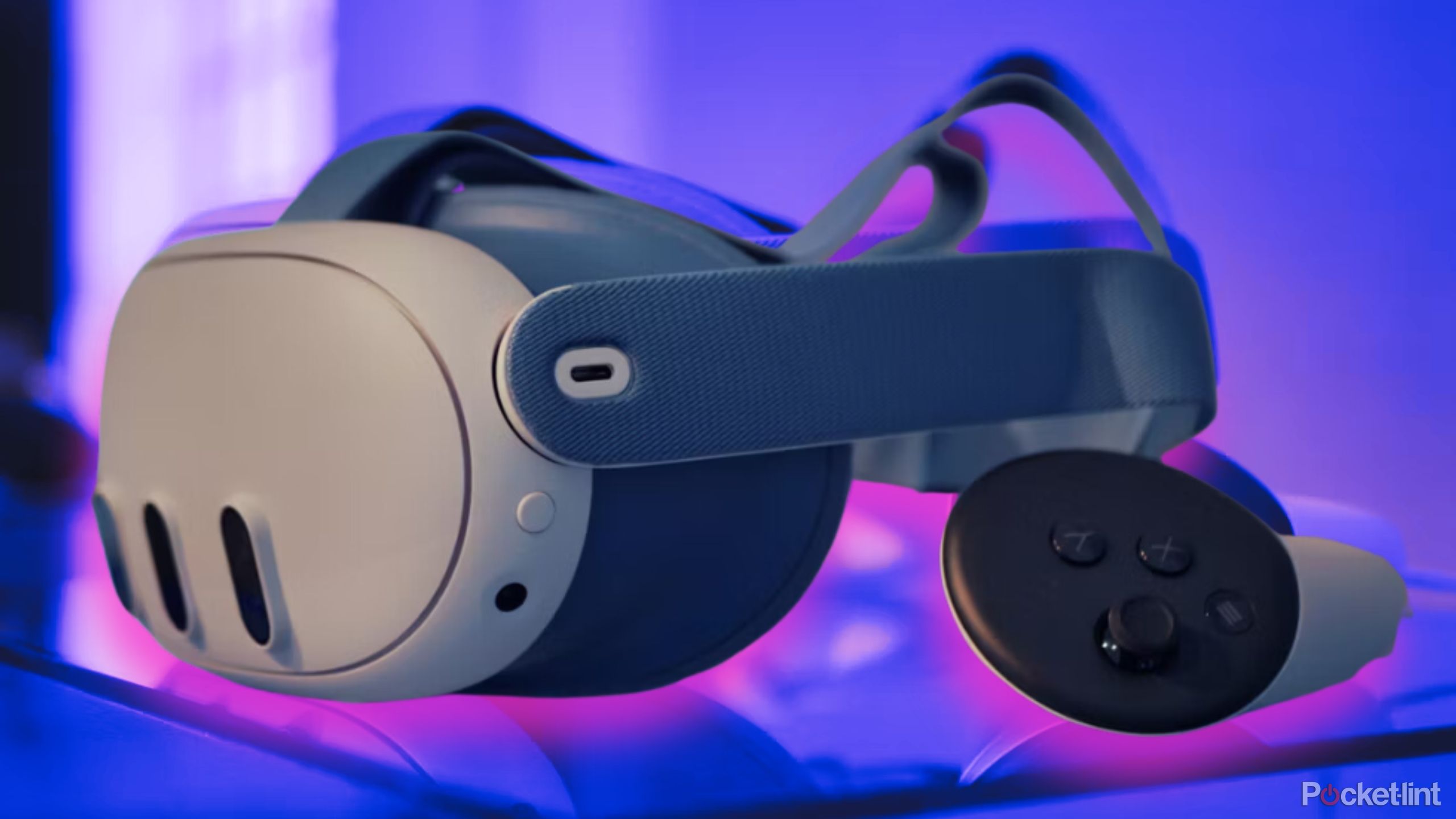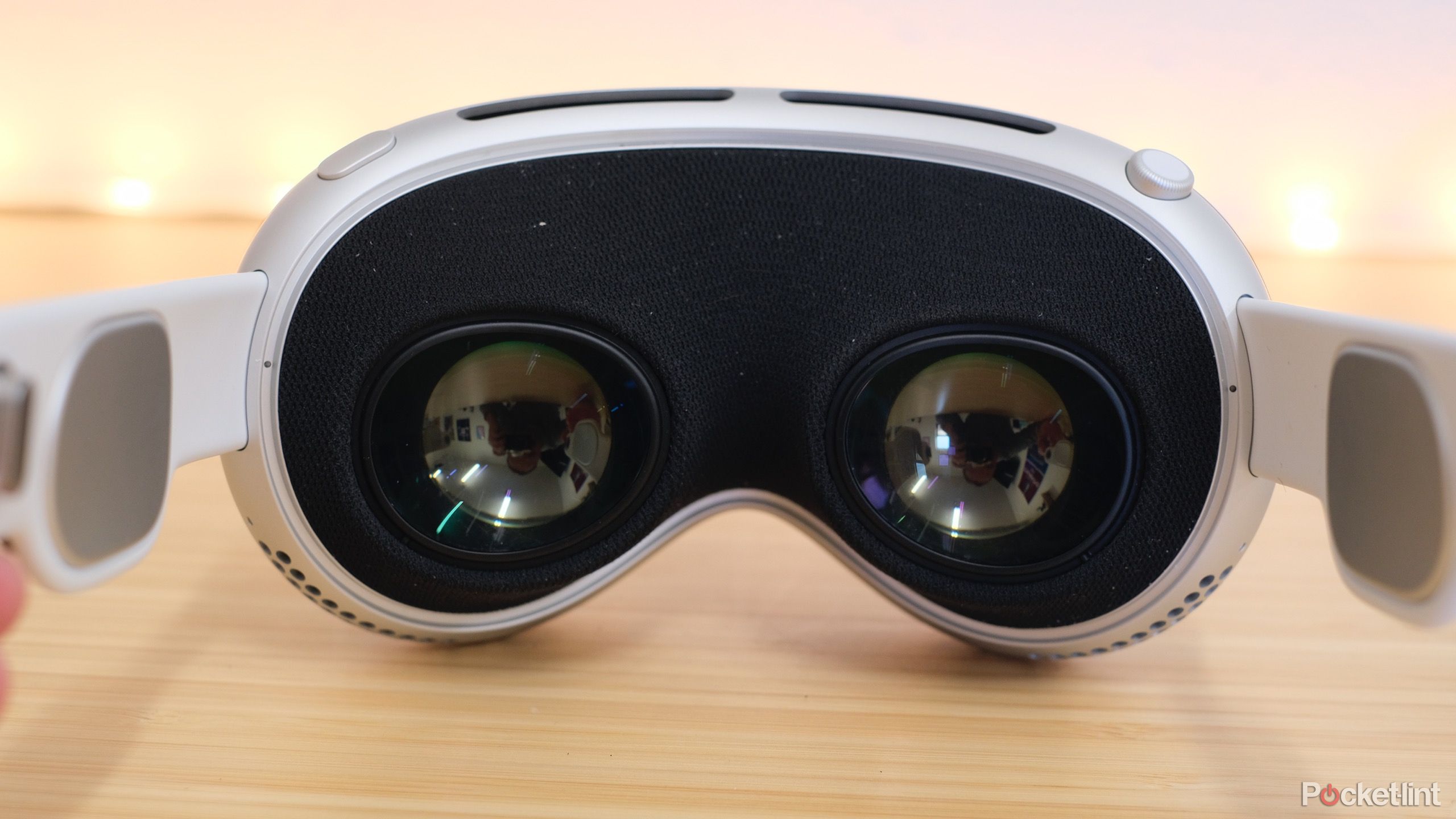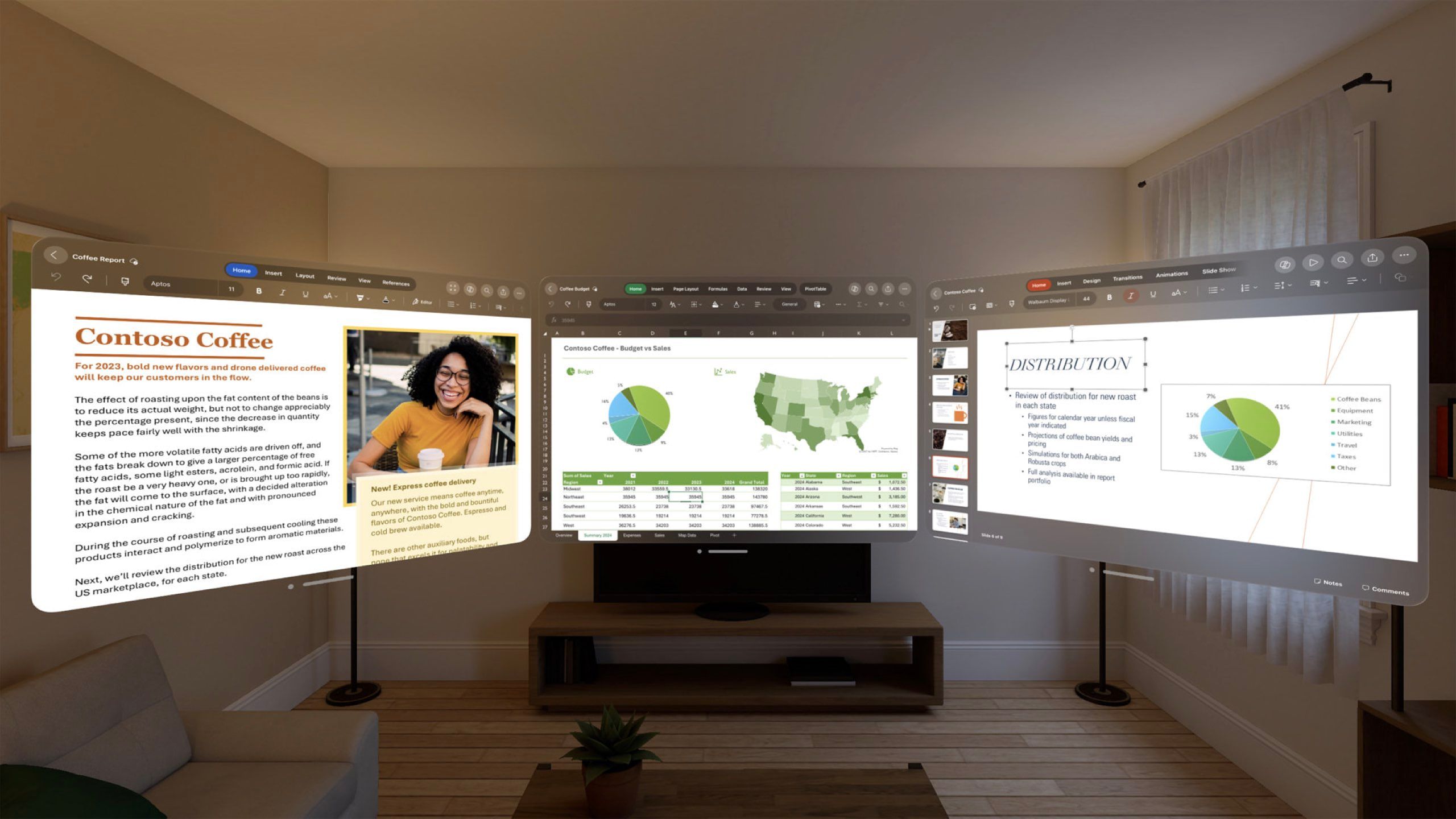Key Takeaways
- Microsoft may be developing an Apple Vision Pro-style mixed reality headset, partnering with Samsung for components.
- The headset will feature micro-OLED displays, offering brighter, high-resolution images.
- Microsoft is likely to use an Android-based OS and may stream Windows apps from the cloud.
Since shutting down its own mixed reality platform, Microsoft has largely kept a healthy distance from XR. According to The Elec and some additional reporting from Windows Central, that may be changing soon, though. Microsoft appears to be developing an Apple Vision Pro-style mixed reality headset of its own.
Not only has the company reached an agreement with Samsung to make displays for future mixed-reality devices, it’s also apparently working on a way to bring some of the traditional Windows experience to a head-mounted device that isn’t as powerful as a traditional PC. Microsoft was early to both augmented reality and mixed reality, but save for continuing to support the HoloLens 2 for enterprise customers and bringing some Windows apps to the Quest, it’s cooled to all-things metaverse and “extended reality,” instead focusing on AI. Whether that’s changing short-term remains to be seen, but there’s growing evidence it could.
Related
Meta Quest’s OS is coming to other headsets, including one from Xbox
Meta is hoping to become the Android of virtual and mixed reality headsets, and it’s getting help from Asus, Lenovo, and Xbox.
Microsoft’s mixed reality device won’t be entirely enterprise-focused
MicroOLEDs are part of the package
The Elec claims that Microsoft asked Samsung to make an unknown quantity of micro-OLEDs to help power a future mixed reality device. The high-density display is the same type that Apple used in the Vision Pro to achieve its nearly life-like image quality — all the better for watching video and playing games. Both Microsoft and Samsung are apparently early in the process of developing the new display — Apple’s were manufactured by Sony — and it could take a few more years before they appear in a product consumers can buy.
So if Microsoft is working on its own mixed reality device, there’s a long road ahead until it’s real. Still, the company has at least made gestures at what it could look like. Patents don’t necessarily imply intent, but Microsoft does have its own take on an EyeSight-style outer display and face tracking system, meant to fit on a headset. Of the parts of the Vision Pro it would make sense to copy, EyeSight seems the least important, but someone at Microsoft is at least thinking about mixed reality headsets.

Related
The best VR headsets: Expert tested and reviewed
We’ve tested some of the very best options on the market, including the Meta Quest 3, Oculus Quest 2, Apple Vision Pro, Pico 4, and HTC Vive Pro 2.
An Android operating system and streaming Windows apps
Microsoft / Pocket-lint
The software side of Microsoft’s future headset seems more clear. Windows Central writes that Microsoft is more likely to use Android rather than some reinterpreted version of Windows for a mixed reality device. Considering both Google and Samsung are collaborating on a mixed-reality version of Android, there will probably be a pretty good base for Microsoft to start from soon. The company has experience developing for Android, and by porting Windows 365 apps to Quest, it’s technically made mixed-reality experiences for an Android-based headset already.
Microsoft isn’t just interested in Android wrappers around its web-apps, though. According to Windows Central, the company is developing a project, codenamed “Williams Bay,” for running Windows apps in mixed reality environments by streaming them from the cloud. These would live in floating windows not unlike apps do on the Vision Pro, but could theoretically be expanded with 3D experiences, too.
Mixed reality is still unproven
We’re still years away from a future Microsoft headset, if one happens at all. In the meantime, the company plans on collaborating with Meta on an Xbox-branded Quest headset. If that ends up being more involved than slapping on a new logo and packing in an Xbox controller, we might start to get a better idea of what Microsoft has in mind.
The company has every reason to be cautious, though. Even if the Vision Pro is impressive from a technical perspective, and getting better with software updates, it didn’t set the world on fire. A high price tag and the lack of a clear use-case were big enough obstacles to keep Apple from influencing the average person’s mind about mixed reality. If that all changes a few years from now, it will be good that Microsoft waited, but there’s a possibility the company was right to get out of mixed reality when it did.
Trending Products

Cooler Master MasterBox Q300L Micro-ATX Tower with Magnetic Design Dust Filter, Transparent Acrylic Side Panel, Adjustable I/O & Fully Ventilated Airflow, Black (MCB-Q300L-KANN-S00)

ASUS TUF Gaming GT301 ZAKU II Edition ATX mid-Tower Compact case with Tempered Glass Side Panel, Honeycomb Front Panel, 120mm Aura Addressable RGB Fan, Headphone Hanger,360mm Radiator, Gundam Edition

ASUS TUF Gaming GT501 Mid-Tower Computer Case for up to EATX Motherboards with USB 3.0 Front Panel Cases GT501/GRY/WITH Handle

be quiet! Pure Base 500DX ATX Mid Tower PC case | ARGB | 3 Pre-Installed Pure Wings 2 Fans | Tempered Glass Window | Black | BGW37

ASUS ROG Strix Helios GX601 White Edition RGB Mid-Tower Computer Case for ATX/EATX Motherboards with tempered glass, aluminum frame, GPU braces, 420mm radiator support and Aura Sync











